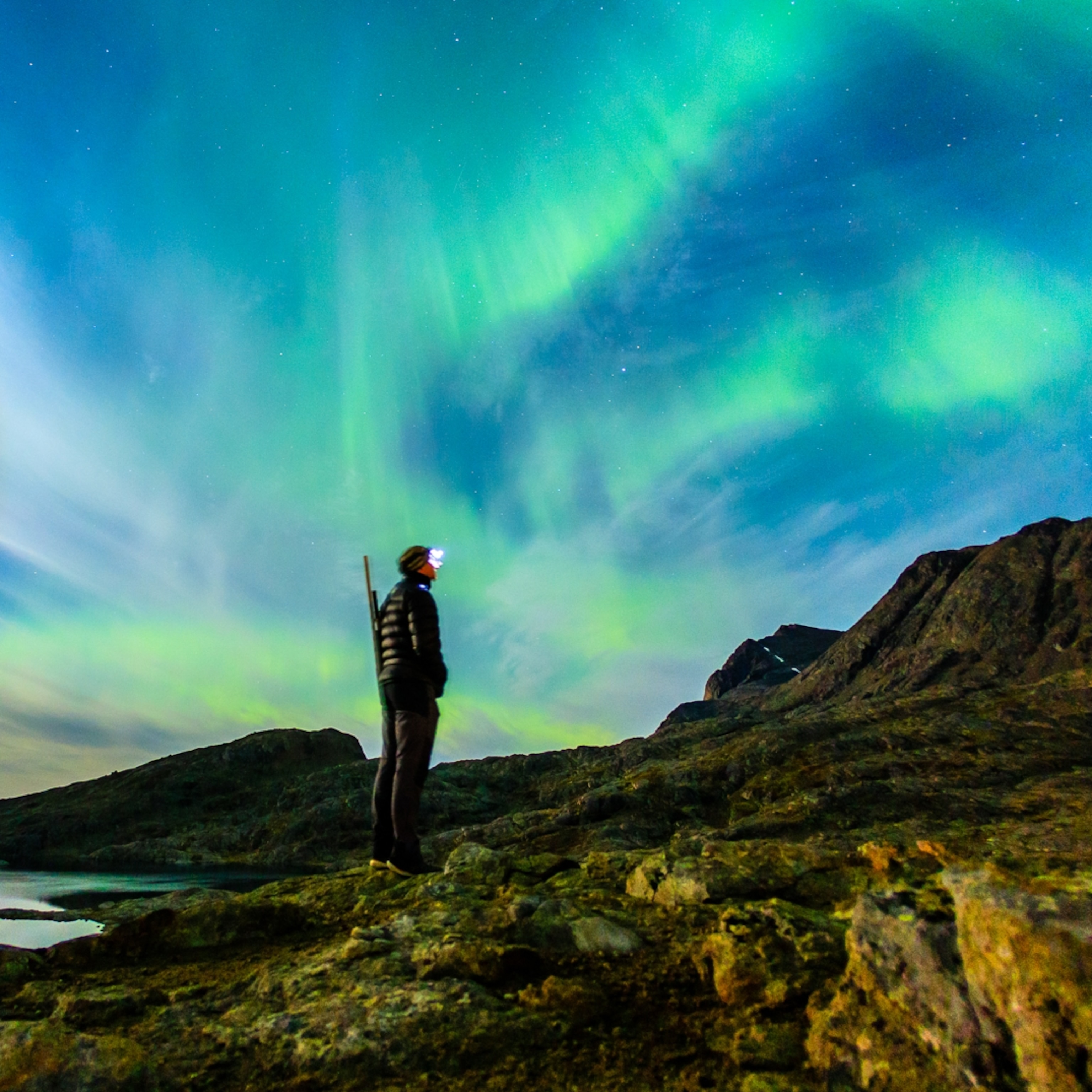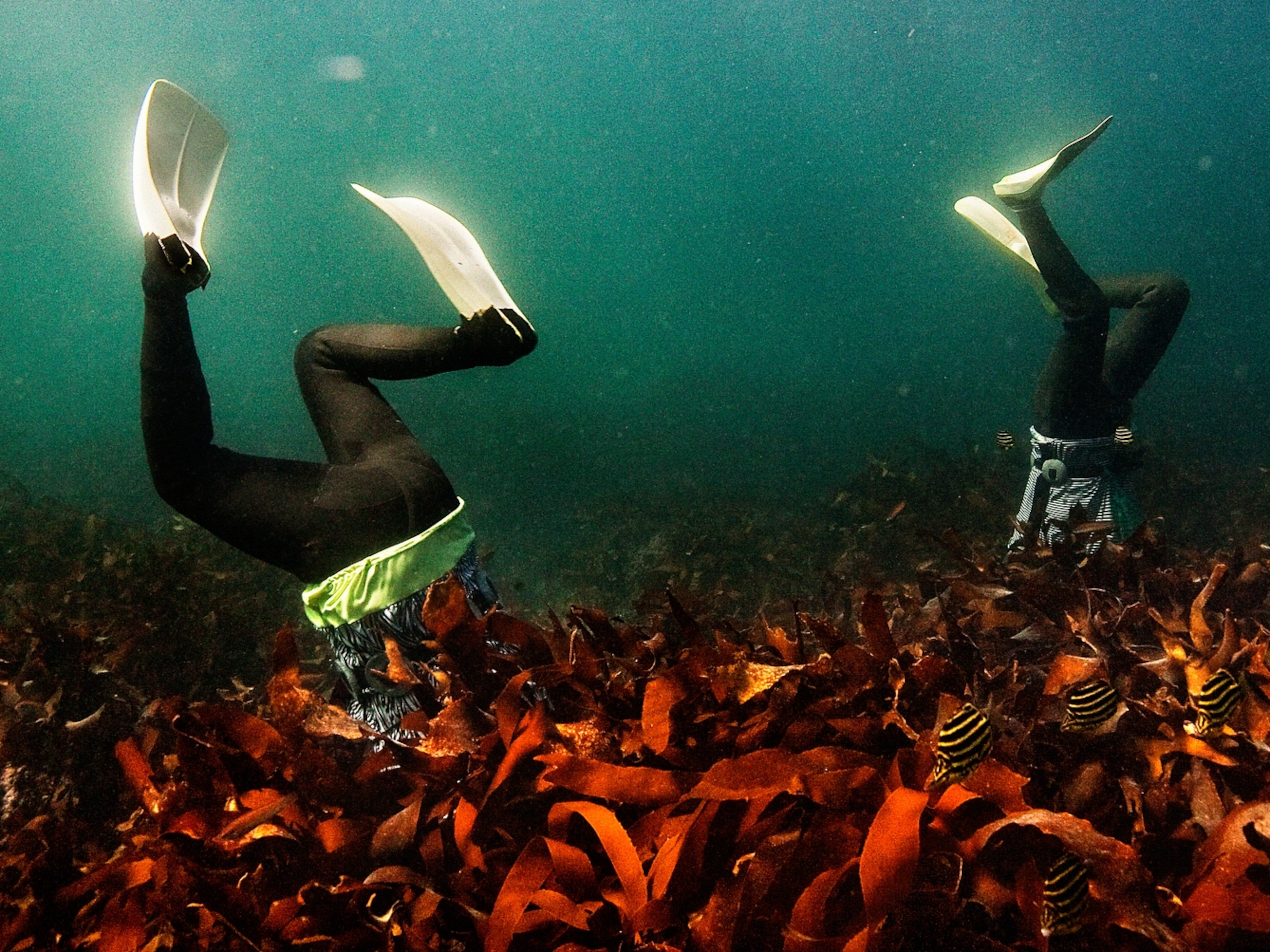Superpowers are real—these people are living proof
Scientists say that through genetics or training, even mere mortals can develop superhuman powers.
Superpowers are real. Okay, maybe humans can’t leap tall buildings in a single bound like Superman or shoot energy beams from their eyes like Cyclops. But our bodies and brains hold the potential for many seemingly superhuman feats, scientists say.
Sometimes real-life superpowers arise through genetic mutations, not unlike the origin stories in the comics. The Sherpa people of the Himalaya, for instance, have adapted to high altitude with genes that help give them super strength and endurance.
But other superpowers can be acquired. We know that the fastest runners in the world, like Olympic gold medalist Usain Bolt, can achieve super speeds through years of physical training. Mental athletes, who perform amazing feats of memory, also swear that anyone can develop a mind like a steel trap.
Even fear itself may be conquered with the right conditioning. Just ask climber Alex Honnold, who has been compared to Spider-Man for scaling sheer rock walls without ropes.
Scientists are just starting to learn what’s going on inside the bodies and minds of people with these and other heightened abilities. They’re finding that while our genes grant some of us an edge, most of us hold untapped potential.
Here are just a few examples of the superheroes hiding among us—and the science behind their incredible abilities.
(Want to keep your memory sharp? Here’s what science recommends.)
Super fearless: Alex Honnold
For most people, just looking at a photo of Alex Honnold dangling from a precipice by only his fingers is enough to make the brain crackle with fear.
Not Honnold’s, though. When scientists scanned the world-famous climber’s brain using functional MRI, they found something surprising. When shown graphic images that typically trigger intense activity in the amygdala, a brain region linked to fear, Honnold’s amygdala was utterly silent.
Structurally, his brain is perfectly normal, and Honnold has long denied being fearless. It’s possible that he has conditioned himself to tamp down certain brain activity by focusing instead on meticulously planning each move, wrote Jane Joseph, the neuroscientist who examined Honnold’s brain activity, in Popular Science.
And that’s a superpower that the rest of us can tap into. Psychologists use similar conditioning methods to help people overcome fears, and neuroscience is revealing how fear memories are made, and can be undone.
(How Alex Honnold made “the ultimate climb”—without a rope.)
Super resilience: Sherpas
“Humans are still evolving,” says Tatum Simonson, who studies the genetics and physiology of high-altitude adaptation at the University of California at San Diego. The Sherpa people of Nepal are a perfect example of evolving a superpower, she says.
Members of this ethnic group have lived for more than 6,000 years at an average 14,000 feet above sea level, where there’s about 40 percent less oxygen than at sea level. “There’s been a lot of time for natural selection to figure out the best way to deal with low oxygen,” Simonson says.

Normally, as oxygen levels drop, the human body pumps out more oxygen-carrying red blood cells. But this thickens the blood and can lead to altitude sickness or even death.
Sherpas, on the other hand, have developed several genetic mutations that allow them to maintain low levels of red blood cells while the mitochondria in their cells use oxygen more efficiently.
(That drive to see beyond the horizon? It comes from our genes)
Simonson is studying Tibetans’ performance at lower altitudes and finds they maintain their advantage even at sea level, a superpower that she hopes to learn from to help people who have chronic low blood oxygen due to respiratory or cardiovascular disease.
Super swimmers: Bajau ‘sea nomads’
There’s a reason we love superheroes who fly high like Superman or swim deep in the ocean like Aquaman: They can go where the rest of us can’t.
For free divers, no scuba gear is required to plumb the watery depths. The Bajau people of the Philippines, Malaysia, and Indonesia are particularly renowned for staying underwater for as long as 13 minutes at depths up to 230 feet.
(Here’s how to get into free-diving, according to the British champion)
Like Sherpas, scientists say, the Bajau have evolved a genetic advantage to use oxygen more efficiently. However, since they face a more immediate form of oxygen deprivation, the Bajau have developed a speedier mechanism.
Over time, natural selection has favored a larger spleen, which holds oxygenated red blood cells. While diving, their spleens contract and spurt this reserve into the bloodstream.
Super agility: Samurai Isao Machii
In fiction, mythical beings such as vampires and werewolves are imbued with super-agility, the ability to move with extraordinary balance, coordination, and reflexes. In real life, a combination of genetics and training gives some people superhuman moves.

Take swordsman Isao Machii. Fire a bullet at him, and he can chop it in half in midair with a swing of his sword. Or check out legendary gunslinger Bob Munden, who was tested as drawing and accurately firing his gun in less than a tenth of a second, faster than the reaction time of the average human brain.
Scientists are still working to understand how the central nervous system helps people plan and execute such complex movements unconsciously.
Super memory: Mental athletes
Imagine memorizing the order of a deck of cards in 20 seconds. Or the names and faces of a couple hundred strangers in a matter of minutes. For some of the mental athletes who compete in the annual USA Memory Championship, such feats are a breeze.
Yet there’s nothing special about memory champs except that they’ve put in the practice, says Anthony Dottino, the founder of the championship event. Dottino and his son Michael run memory training programs, and they say that anyone can improve their memory—at any age.
(Dive into the fuzzy, fascinating frontiers of memory—and how to improve yours)
To prove it, Michael Dottino is working with neuroscientists to study how memory training affects brain activity. Already, research is revealing how memory techniques work, by forming networks in the brain that anchor new memories to old ones.
What’s more, a study in the journal Neuron found that average people can dramatically improve their memories with just six weeks of training.
Now that’s a superpower within reach for all of us.








